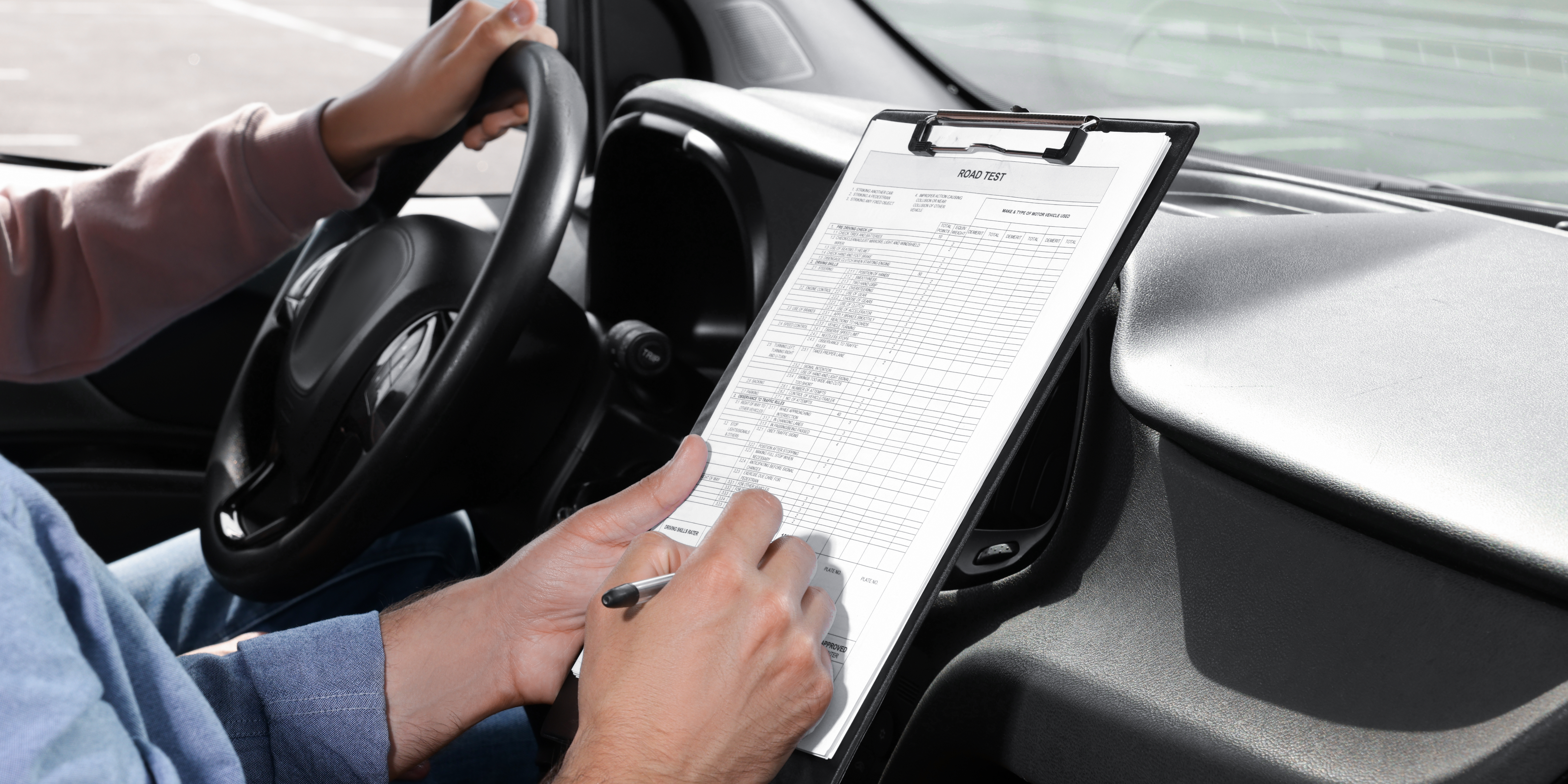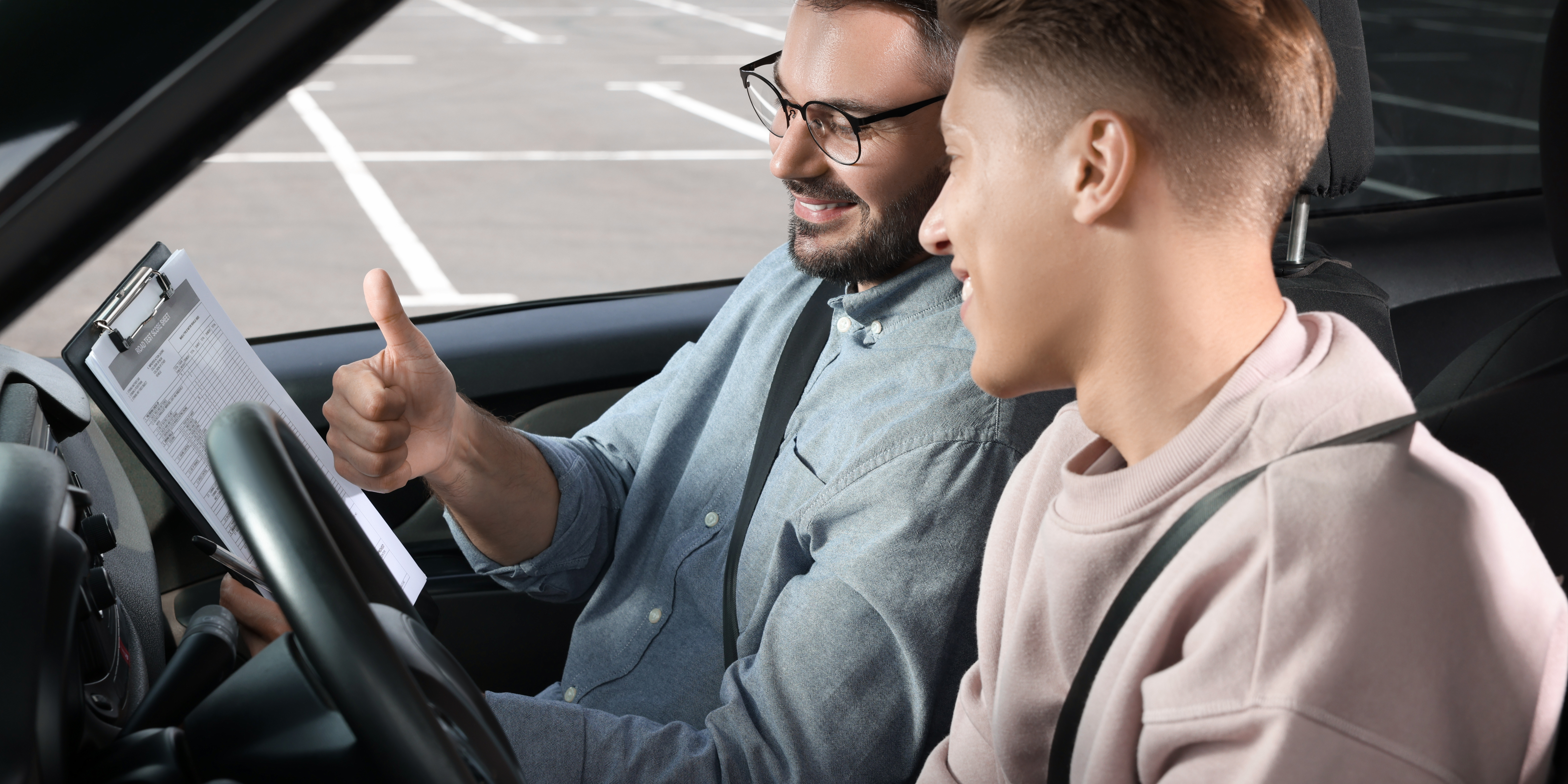In the bustling landscapes of our cities and towns, the roads are shared spaces, not just for vehicles but also for pedestrians and cyclists. Navigating these spaces safely requires a collective effort from all road users. Whether you’re behind the wheel or on foot, understanding how to interact safely with pedestrians and cyclists is crucial for preventing accidents and fostering a harmonious coexistence on the road.
The Importance of Sharing the Road
Before delving into specific tips, it’s essential to grasp why sharing the road matters. Pedestrians and cyclists are among the most vulnerable road users. Unlike drivers encased in metal shells, they lack the protection that vehicles afford. This vulnerability makes them particularly susceptible to injuries in accidents involving motor vehicles.
Moreover, promoting pedestrian and cyclist-friendly environments aligns with broader societal goals, such as reducing congestion, promoting active transportation, and mitigating environmental impact. By fostering a culture of mutual respect and understanding on the road, we create safer, healthier, and more sustainable communities.
Tips for Drivers
As drivers, we bear a significant responsibility for ensuring the safety of all road users. Here are some tips to help navigate shared spaces with pedestrians and cyclists:
- Stay Alert: Always be vigilant and attentive while driving, especially in areas where pedestrians and cyclists are prevalent, such as school zones, residential areas, and city centers. Avoid distractions like texting or adjusting the radio, as even a momentary lapse in attention can have dire consequences.
- Respect Crosswalks: Yield to pedestrians at crosswalks and junctions. When making turns, check for pedestrians and cyclists before proceeding, and always give them the right of way. Remember, pedestrians have the right to cross the road safely.
- Maintain a Safe Distance: Leave ample space when passing cyclists. Allow at least three feet of clearance between your vehicle and the cyclist. Be patient and wait for a safe opportunity to pass, especially on narrow roads or in heavy traffic.
- Check Blind Spots: Always check your blind spots before turning or changing lanes, as cyclists or pedestrians may be in your vicinity but not immediately visible in your mirrors.
- Use Turn Signals: Signal your intentions clearly and in advance. This gives pedestrians and cyclists ample time to react to your maneuvers, reducing the likelihood of collisions.
- Be Mindful of Door Zones: When parked on the side of the road, be cautious when opening your car door. Look for approaching cyclists or pedestrians to avoid causing an accident known as “dooring.”
- Obey Speed Limits: Adhere to posted speed limits, especially in areas with heavy pedestrian or cyclist traffic. Slower speeds give you more time to react to unexpected situations and reduce the severity of potential accidents.
Tips for Cyclists
Cyclists, too, play a vital role in promoting road safety. Here are some tips for cyclists to navigate shared spaces effectively:
- Obey Traffic Laws: Cyclists are subject to the same rules of the road as motorists. This includes stopping at red lights and stop signs, yielding to pedestrians, and signaling turns.
- Be Visible: Wear brightly colored or reflective clothing, especially when riding at night or in low-light conditions. Equip your bike with front and rear lights, reflectors, and reflective tape to enhance visibility.
- Ride Predictably: Maintain a straight line and signal your intentions clearly to drivers and pedestrians. Avoid sudden movements or weaving in and out of traffic, as this can be unpredictable and hazardous.
- Stay Alert: Pay attention to your surroundings and anticipate potential hazards. Watch out for opening car doors, pedestrians stepping into the road, and vehicles making turns.
- Use Bike Lanes When Available: Whenever possible, ride in designated bike lanes or paths. If no bike lane is present, ride as far to the right as practicable, but maintain a safe distance from parked cars to avoid the door zone.
- Make Eye Contact: When crossing intersections or interacting with motorists, try to make eye contact with drivers to ensure they see you. This can help prevent accidents caused by miscommunication or misunderstandings.
- Wear a Helmet: Protect yourself by wearing a properly fitted helmet every time you ride. Helmets can significantly reduce the risk of head injuries in the event of a crash.
Tips for Pedestrians
Pedestrians also have a role to play in promoting road safety. Here’s how pedestrians can stay safe while sharing the road:
- Use Crosswalks: Whenever possible, cross the road at designated crosswalks or intersections. Wait for the pedestrian signal and ensure that traffic has come to a complete stop before stepping into the road.
- Be Visible: Wear bright or reflective clothing, especially when walking at night or in low-light conditions. Make yourself visible to drivers and cyclists to reduce the risk of accidents.
- Avoid Distractions: Stay alert and attentive while walking, especially near roadways. Avoid distractions like texting, talking on the phone, or listening to loud music, as these can prevent you from hearing approaching vehicles or cyclists.
- Make Eye Contact: When crossing the road or interacting with drivers, try to establish eye contact to ensure that you’ve been seen. Don’t assume that drivers or cyclists will automatically yield to you—make your intentions clear.
- Stay on Sidewalks: If sidewalks are available, use them instead of walking on the road. If no sidewalk is present, walk facing oncoming traffic and stay as far to the left as possible.
- Be Predictable: Follow pedestrian signals and crosswalk markings. Don’t dart into the road unexpectedly or jaywalk, as this can confuse drivers and increase the risk of accidents.
- Watch for Turning Vehicles: Be cautious when crossing intersections, even if you have the right of way. Look out for vehicles making turns, as drivers may not always see pedestrians in their path.
In conclusion, sharing the road safely requires cooperation, patience, and mutual respect from all road users. Whether you’re behind the wheel, on two wheels, or on foot, following these tips can help prevent accidents and promote a culture of safety on our roads. By working together to create safer environments for pedestrians, cyclists, and motorists alike, we can all enjoy the benefits of shared mobility while reducing the risk of harm to ourselves and others. So let’s remember to share the road responsibly and make our communities safer for everyone.
Click here to view our different packages or click here to book your road test.
Lastly, our services are extended to Toronto, North York, Etobicoke, Scarborough, Vaughan and Brampton.



